Cards In This Set
| Front | Back |
|
Energy
|
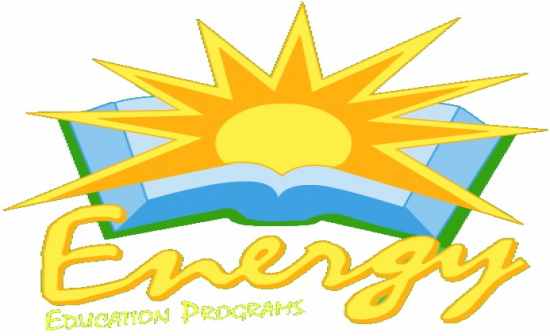 Energy allows you to do work and you use energy every time you kick a ball or walk and run. Energy is measured in joules. Examples of energy: Potential, Kinetic, Mechanical, Chemical, Thermal, and Electromagnetic. |
|
Work
|
 Work is a physical or mental activity done with the purpose to acheive a goal. You use energy everytime you do work, walking, running, kicking a ball, and typing, are all examples of work that use energy. (The transfer of energy) |
|
Mechanical Energy
|
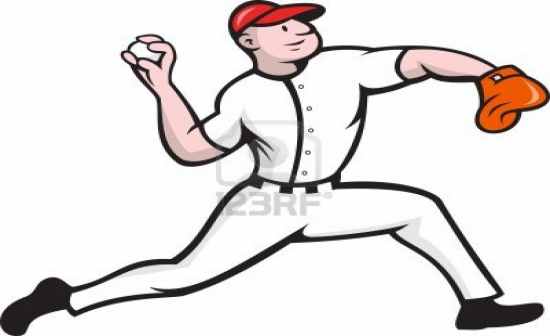 Mechanical Energy is the energy used to do work, like lifting a book or throwing a ball. The force and energy put into lifting that book or throwing that ball is known as mechanical energy. |
|
Kinetic Energy
|
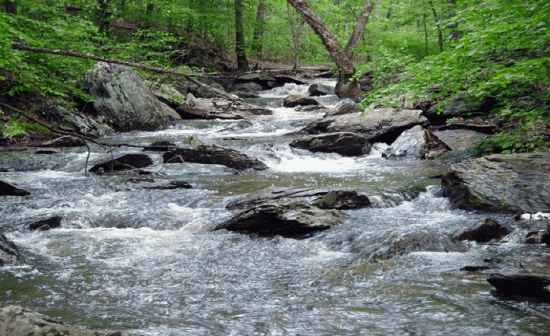 Things doing work posses kinetic energy, like a stream running downhill, the stream posses the kinetic energy to do work. Energy that is stored, in the gravitational field, is realsed and used by the stream, which is known as kinetic energy. Examples: Skiing down a mountain transfres your potential energy into kinetic energy, the mass depends on the kinetic energy; you could be skiing down the mountain as fast as a snow tractor but the tractor would still have more kinetic energy, however, if there are two objects with the same mass and one is faster than the other, than the faster one has more kinetic energy. When you are bowling and you roll the ball, the ball has kinetic energy that is then transfered to the pins when they are hit. Mass and Speed determine the kinetic energy of an object. |
|
Potential Energy
|
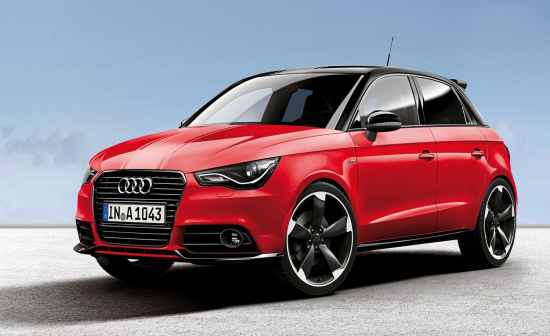 Potential energy is the potential for something to posses energy. For example a wrecking ball floating in a resting position has the potential to get work done. This energy is known as potential energy. Example: You store up more and more potential energy as you go up a ski lift, if you hold a pendulum above its normal position you are creating potential energy, that then transfers to kinetic when released. When you stand on top of a mountain about to ski you have potential energy. Mass and Height determine the potential energy of an object. |
|
Sound
|
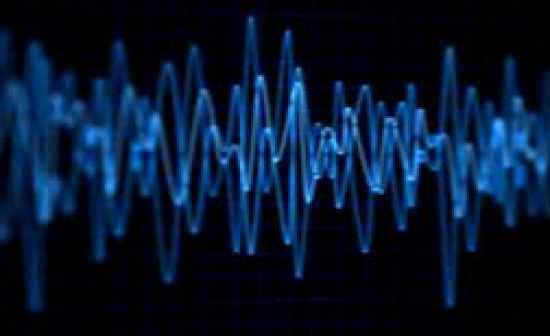 Sound energy is vibrations in the air, like when we talk or when we listen to music, the sound vibrates the air and creates energy. Sound moves air molecules and the vibrations create sound energy. Example: When you beat a drum the vibrations float through the air and vibrate the air molecules, this creates sound energy. |
|
Chemical
|
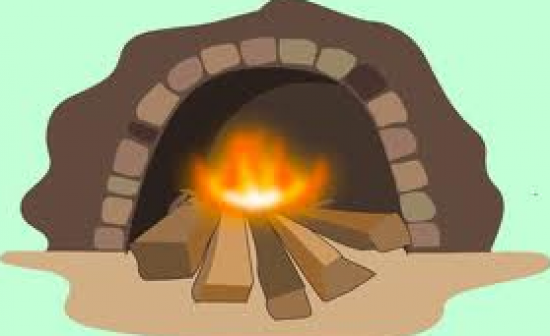 Chemical energy is energy stored in atoms and molecules. The energy is released through a reaction, often times the reaction comes from heat. Example: Dry wood stores chemical energy within the atoms and molecules, when someone uses the dry wood to light a fire, the chemical energy is released. |
|
Electrical
|
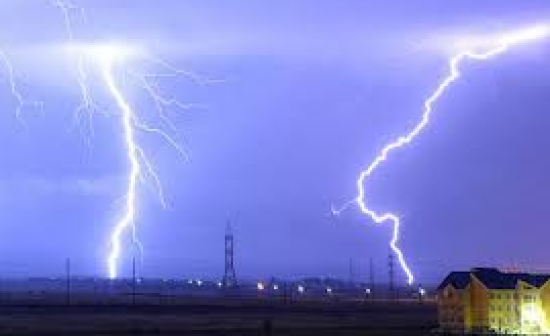 Chemical energy that is stored in batteries are stored as electrons, and when they are used they transform through a wire into electrical energy. Example: Thunder clouds store chemical energy and when two thunderclouds bumps into each other, they release the energy and lightning strikes and electrical energy. |
|
Light
|
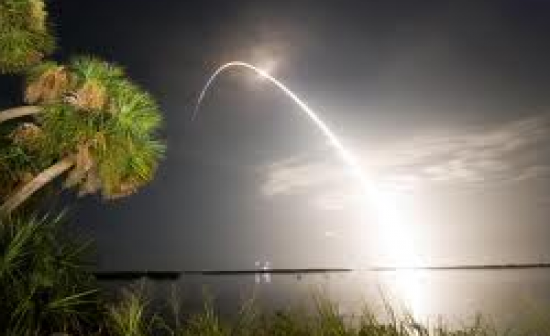 Light moves at 300,000km/s and moves as electromagnetic radition. The wavelenghts that light makes is a form of light energy. Example: When you turn on a light switch the light surronds the whole room and travels in a form of electromagnetic energy. |
|
Heat
|
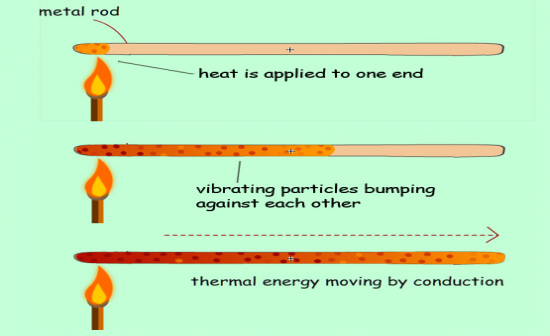 The particles that come from heat are a form of kinetic energy. Thermal energy is any energy that comes from heat. Example: Steam rising from a cup of hot tea is kinetic energy in a form of thermal energy. |
|
Nuclear
|
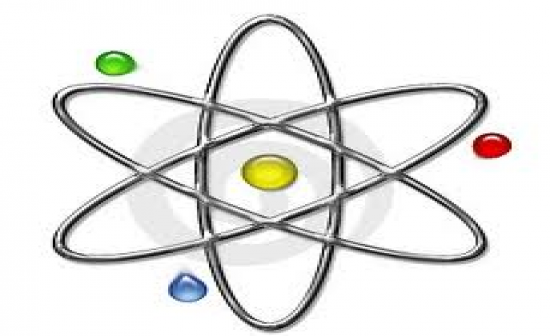 Nuclear energy is the energy in the center of an atom. There is a huge bond of energy that hold the atoms together. It is usually in a form of heavy metal, and in rocks. Example: The energy inside an atom that hold the atoms together is nuclear energy. |



